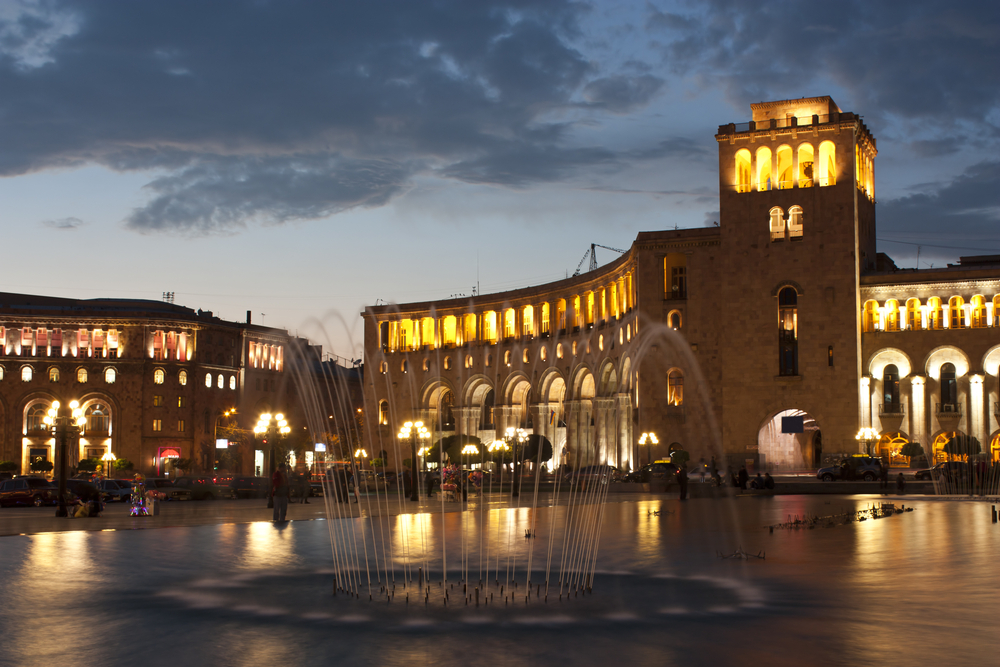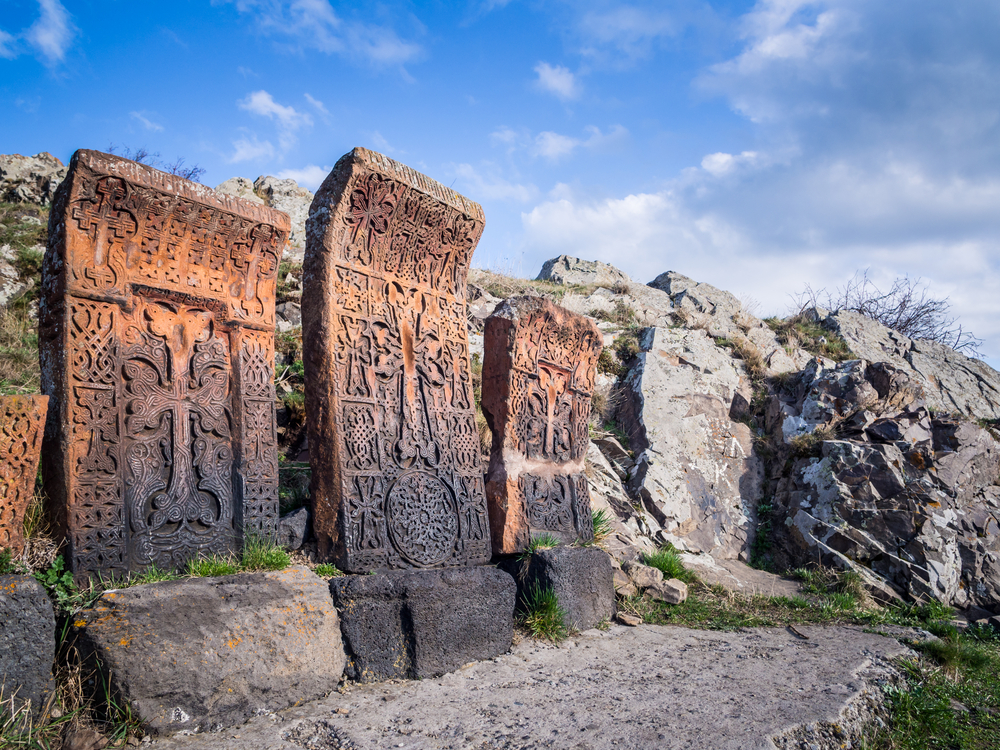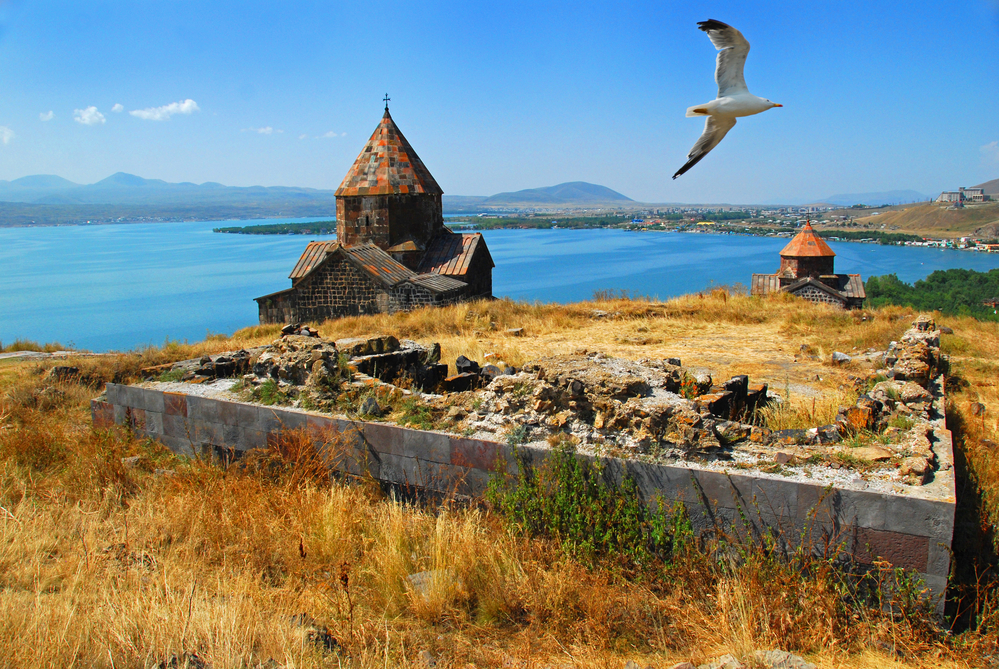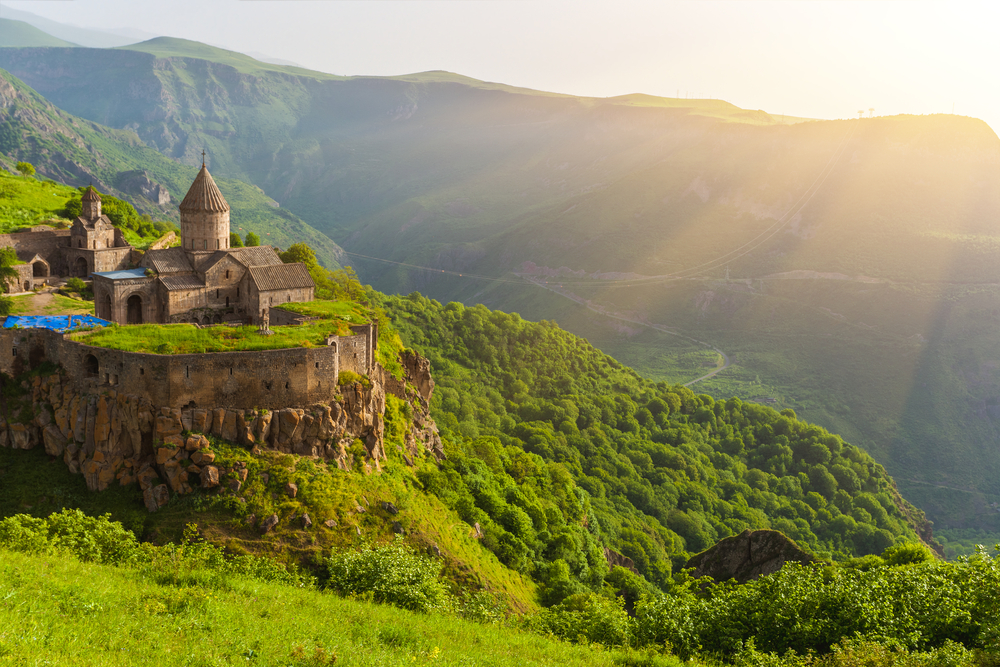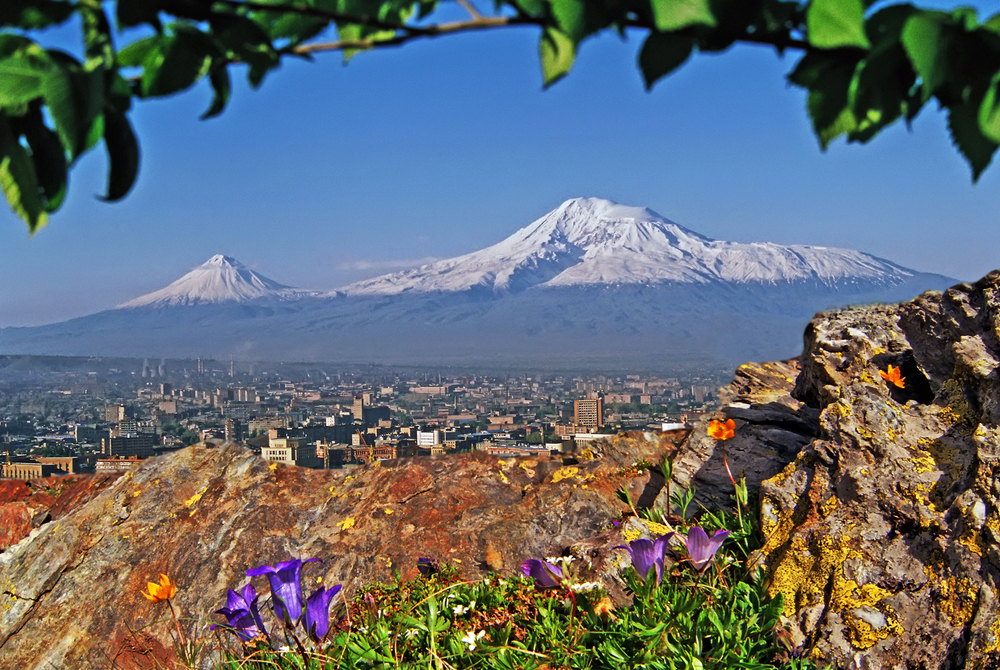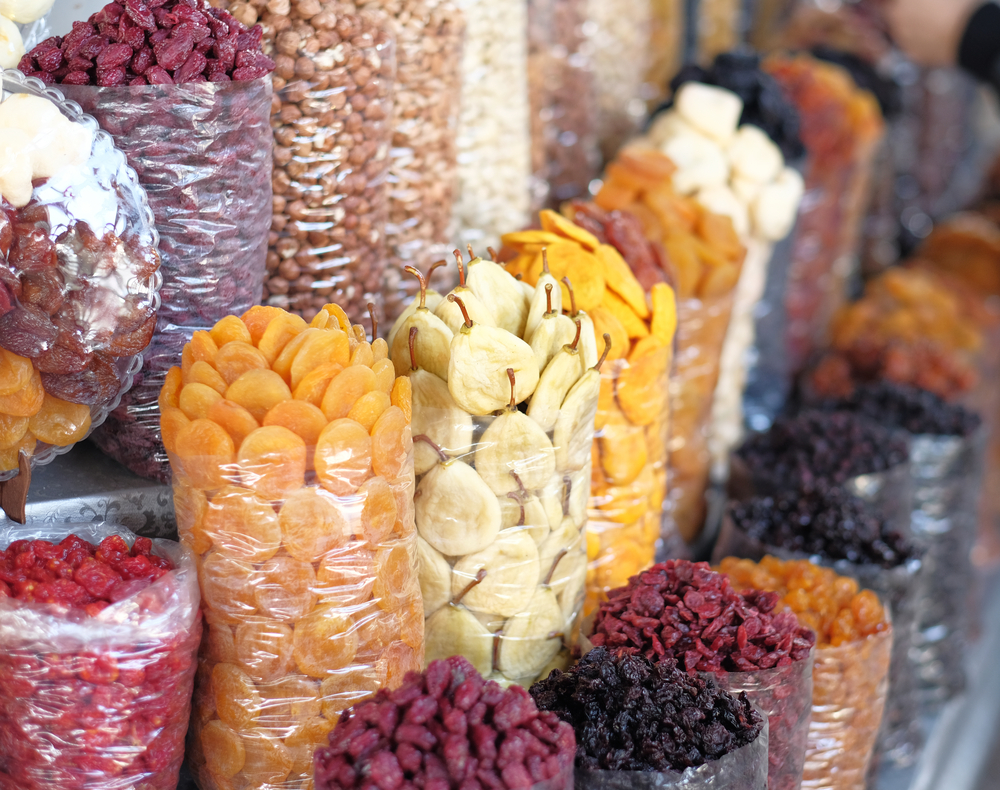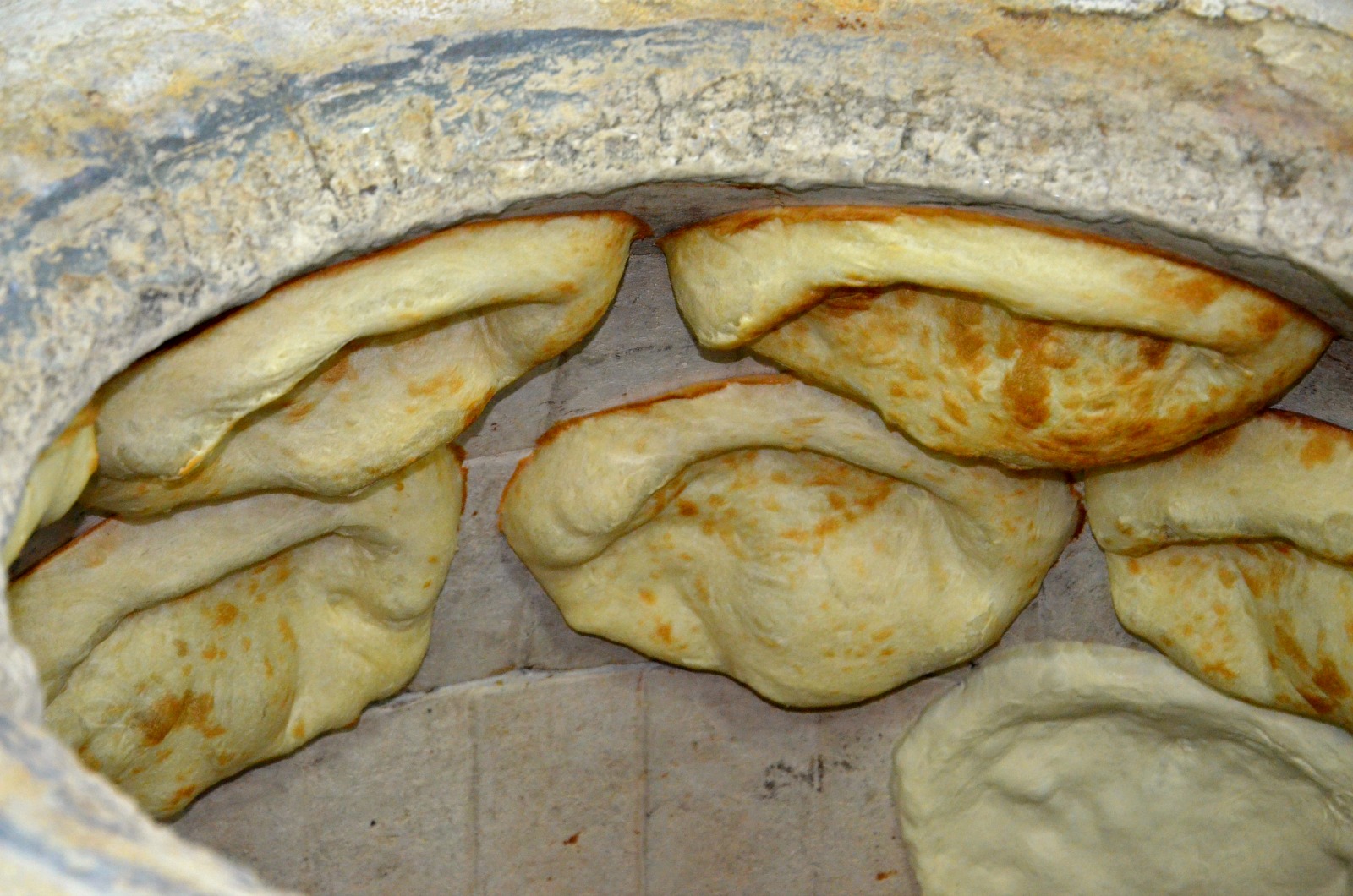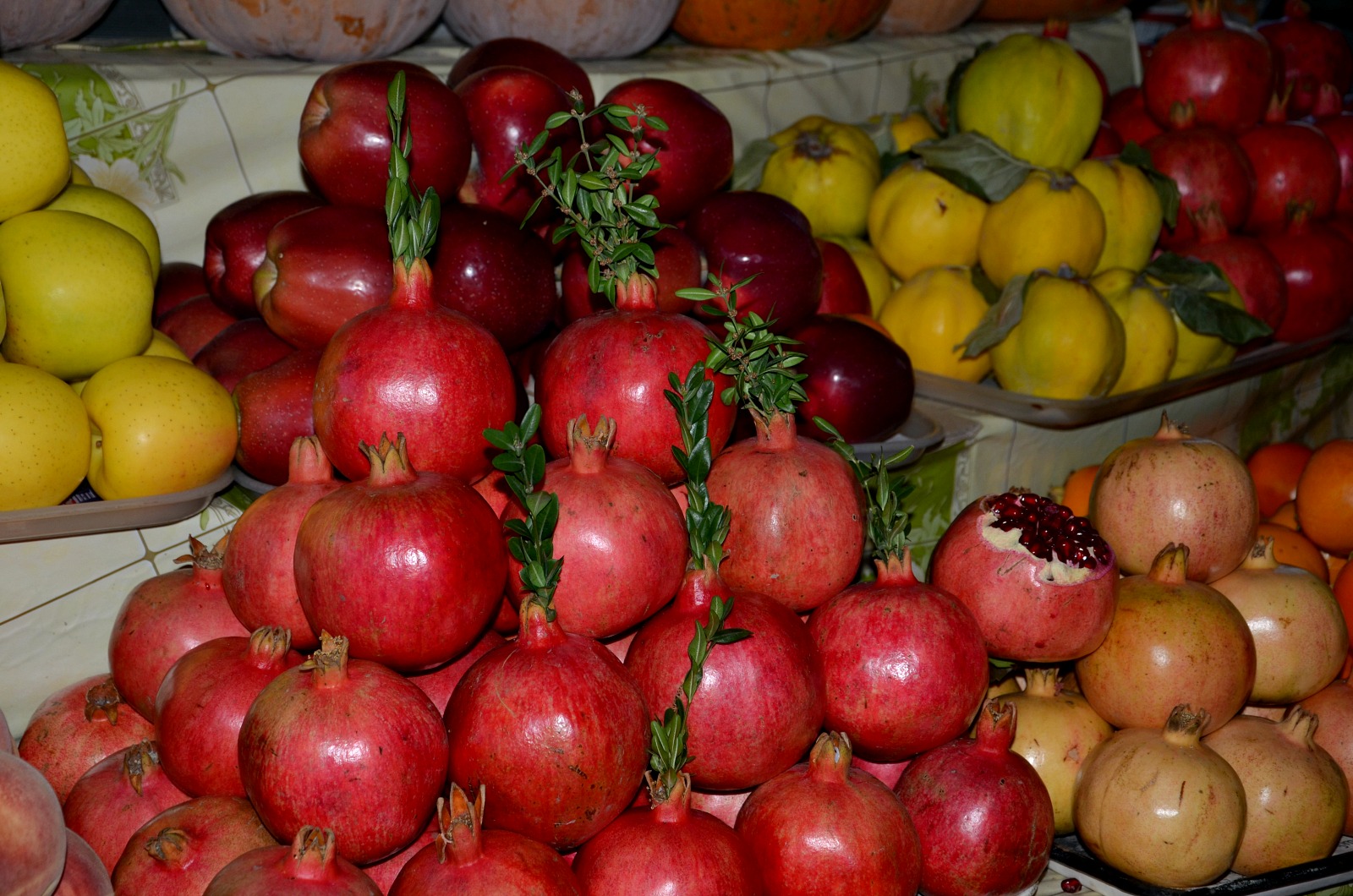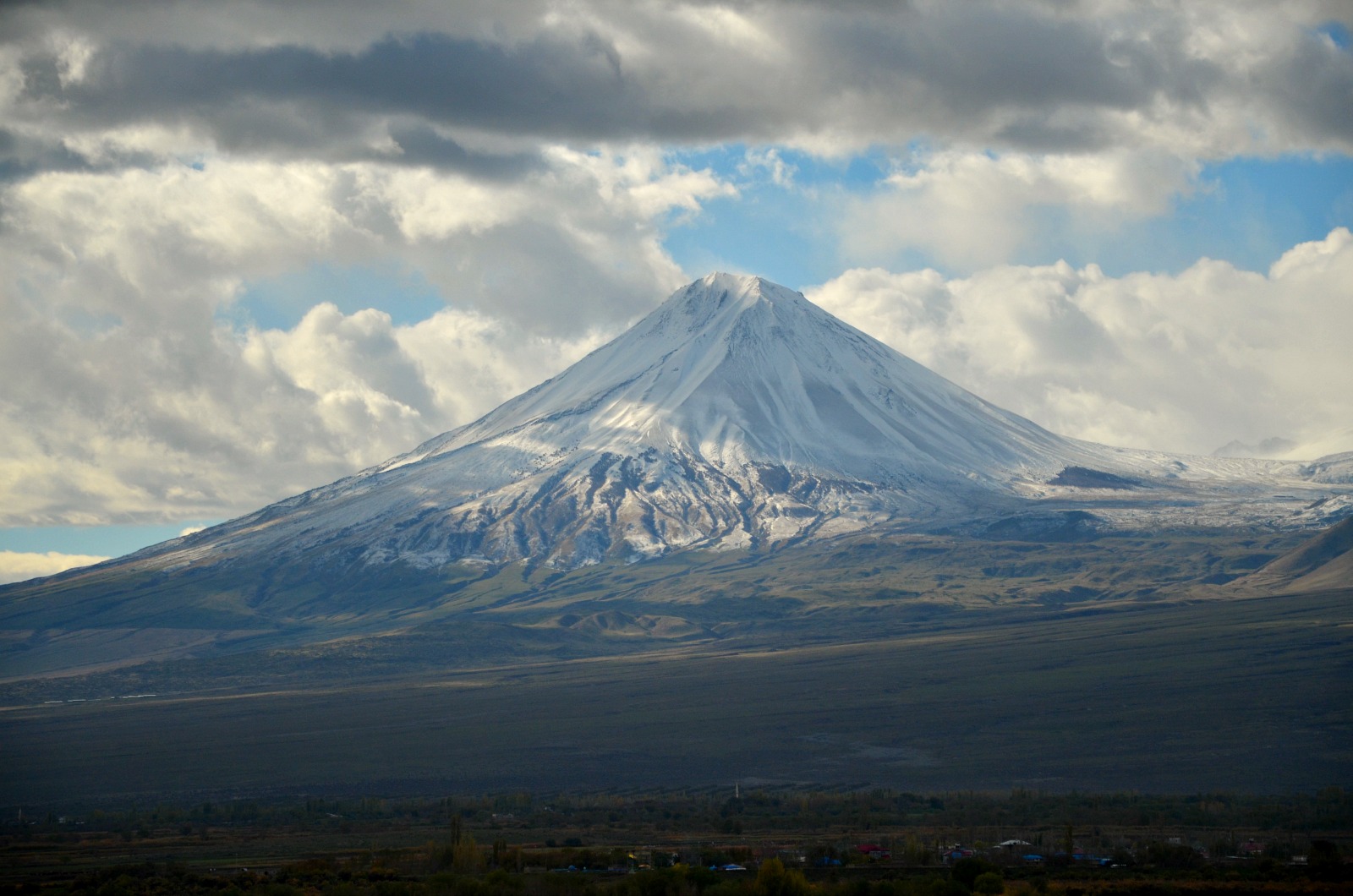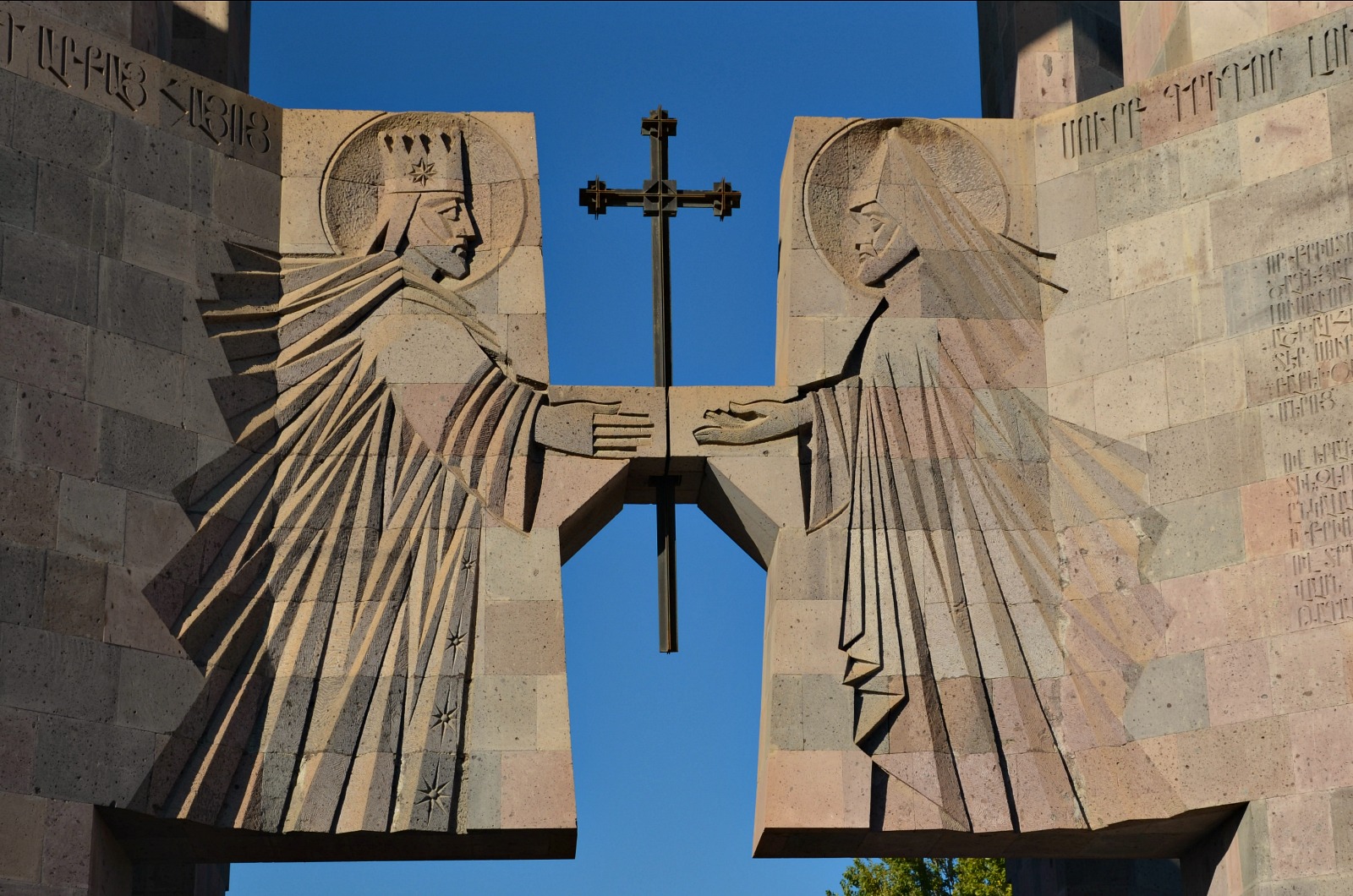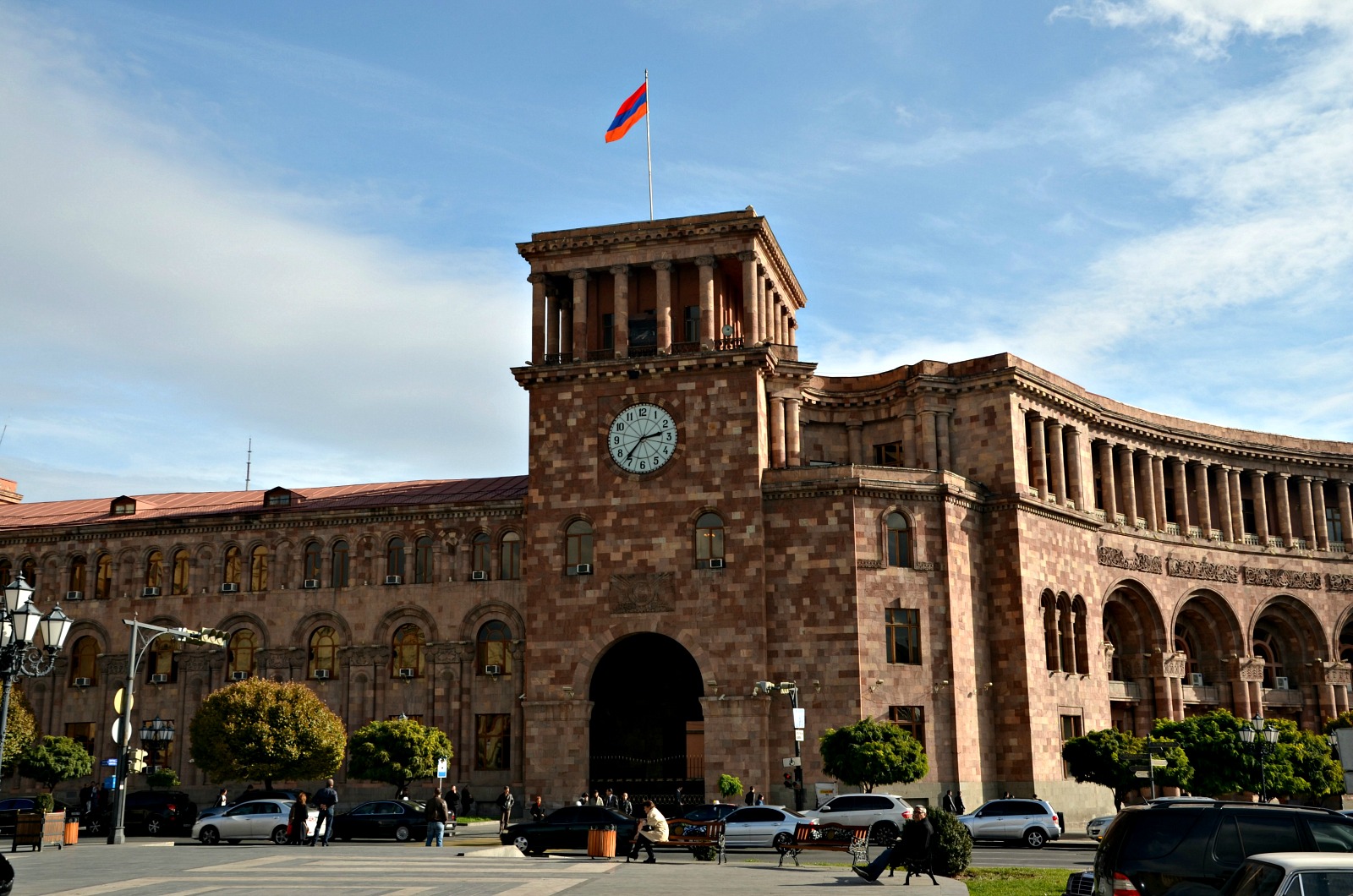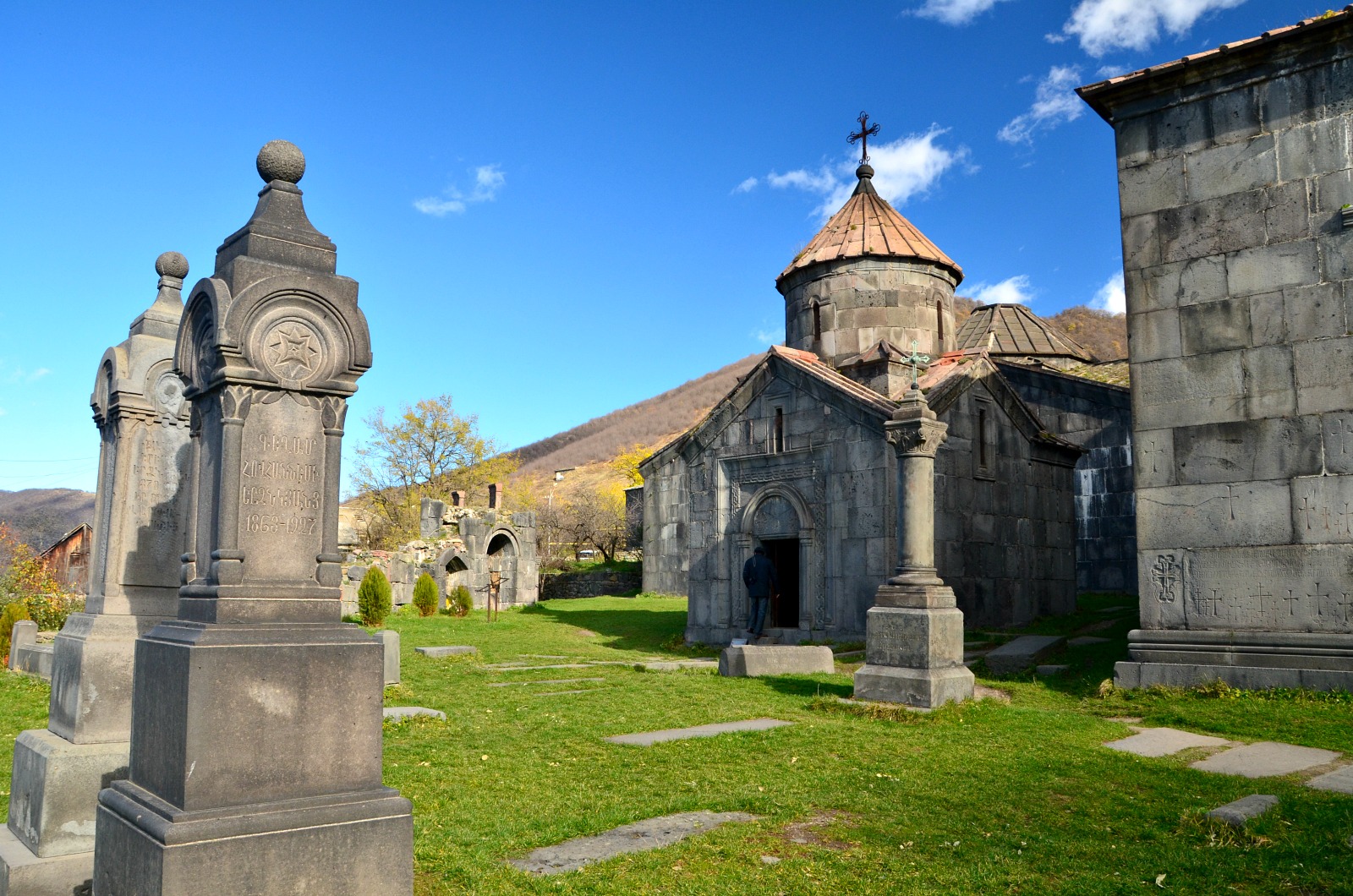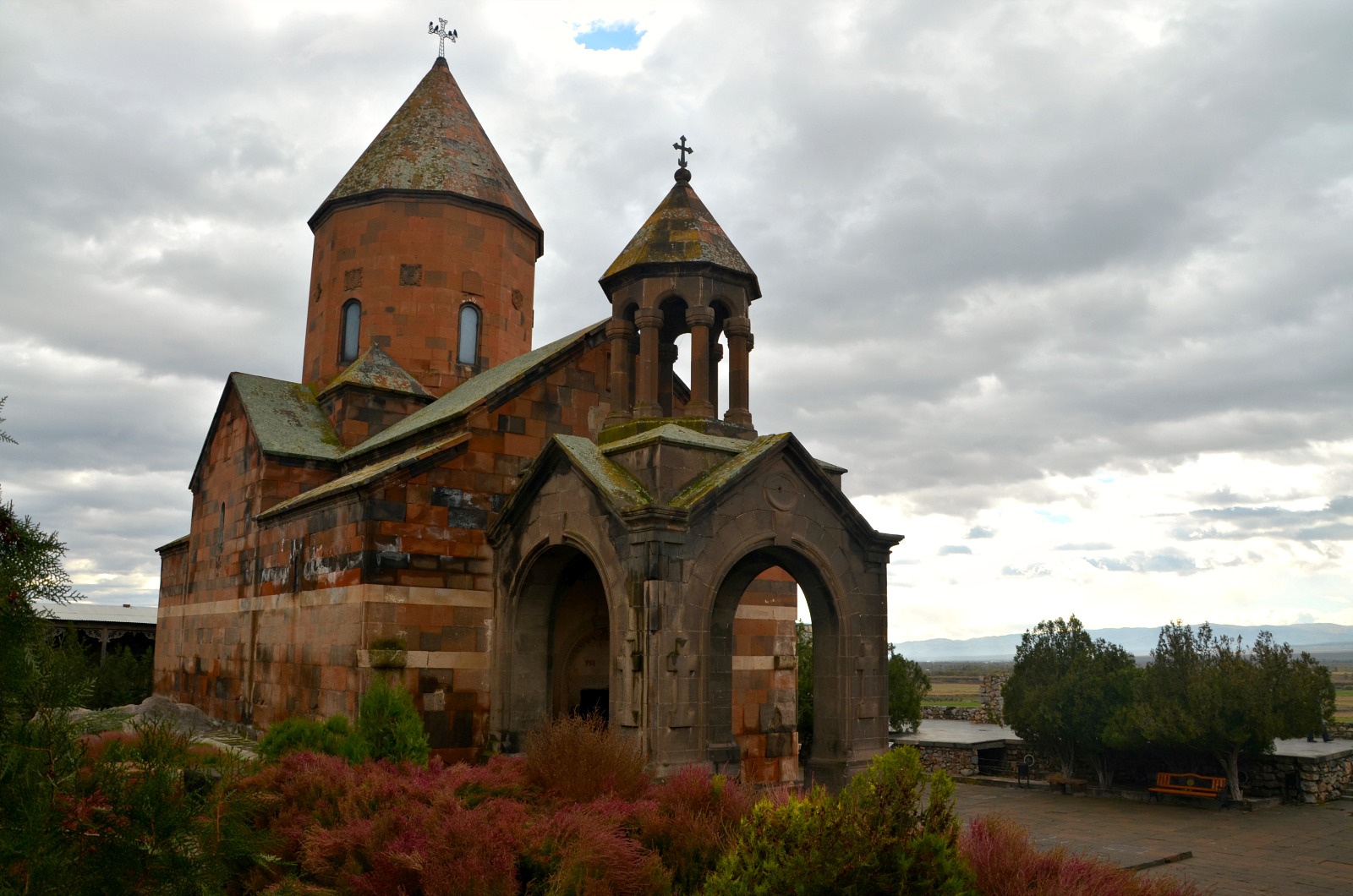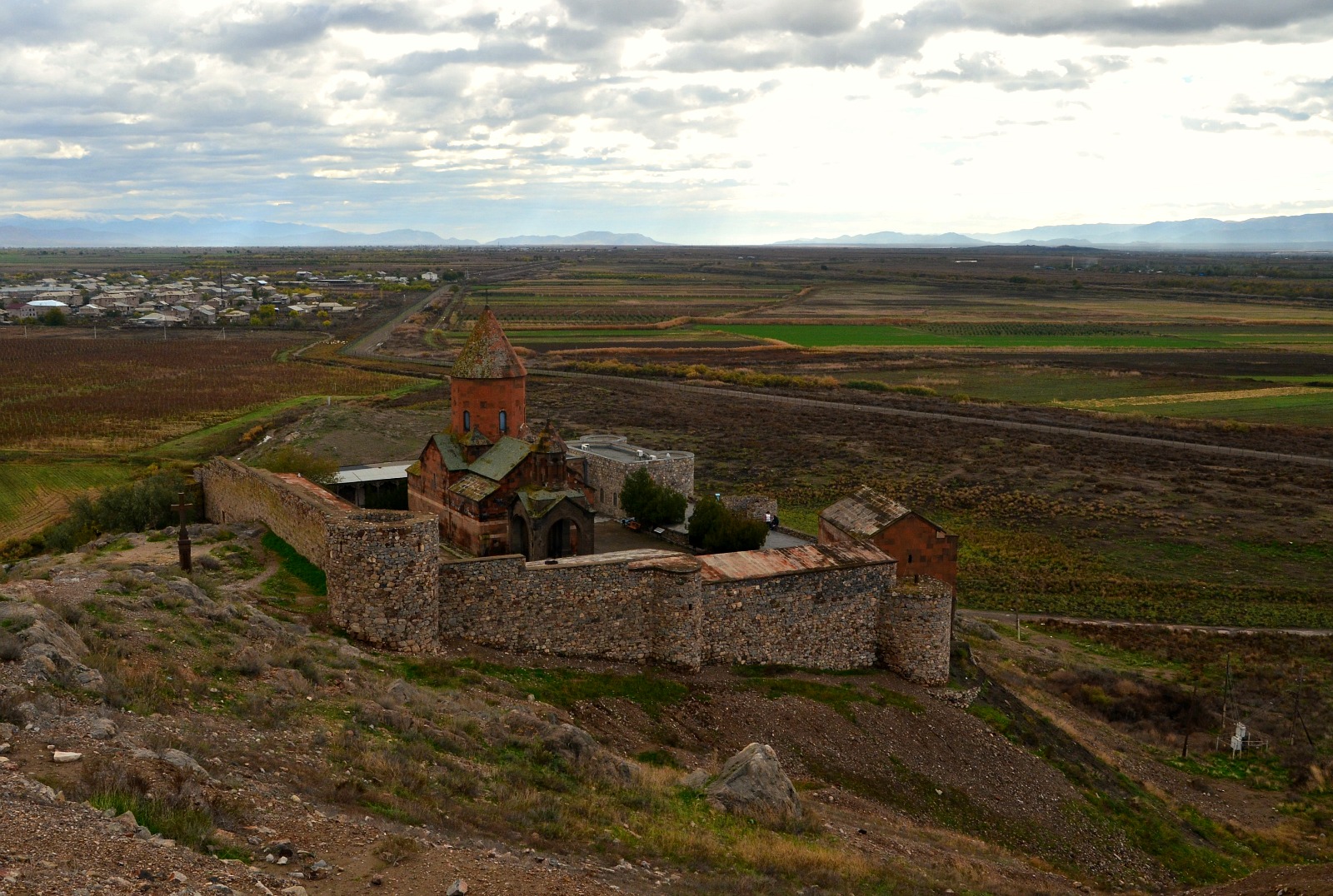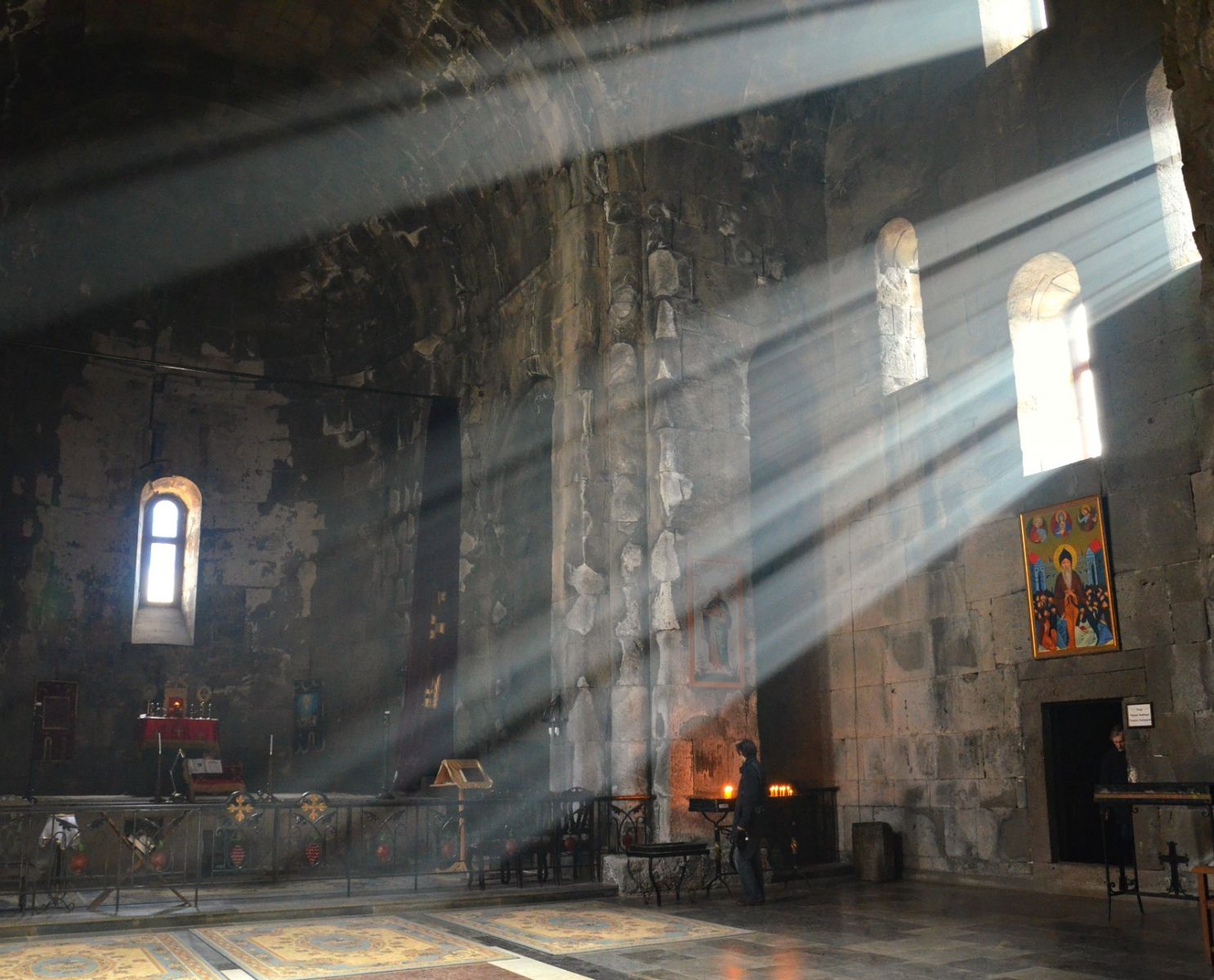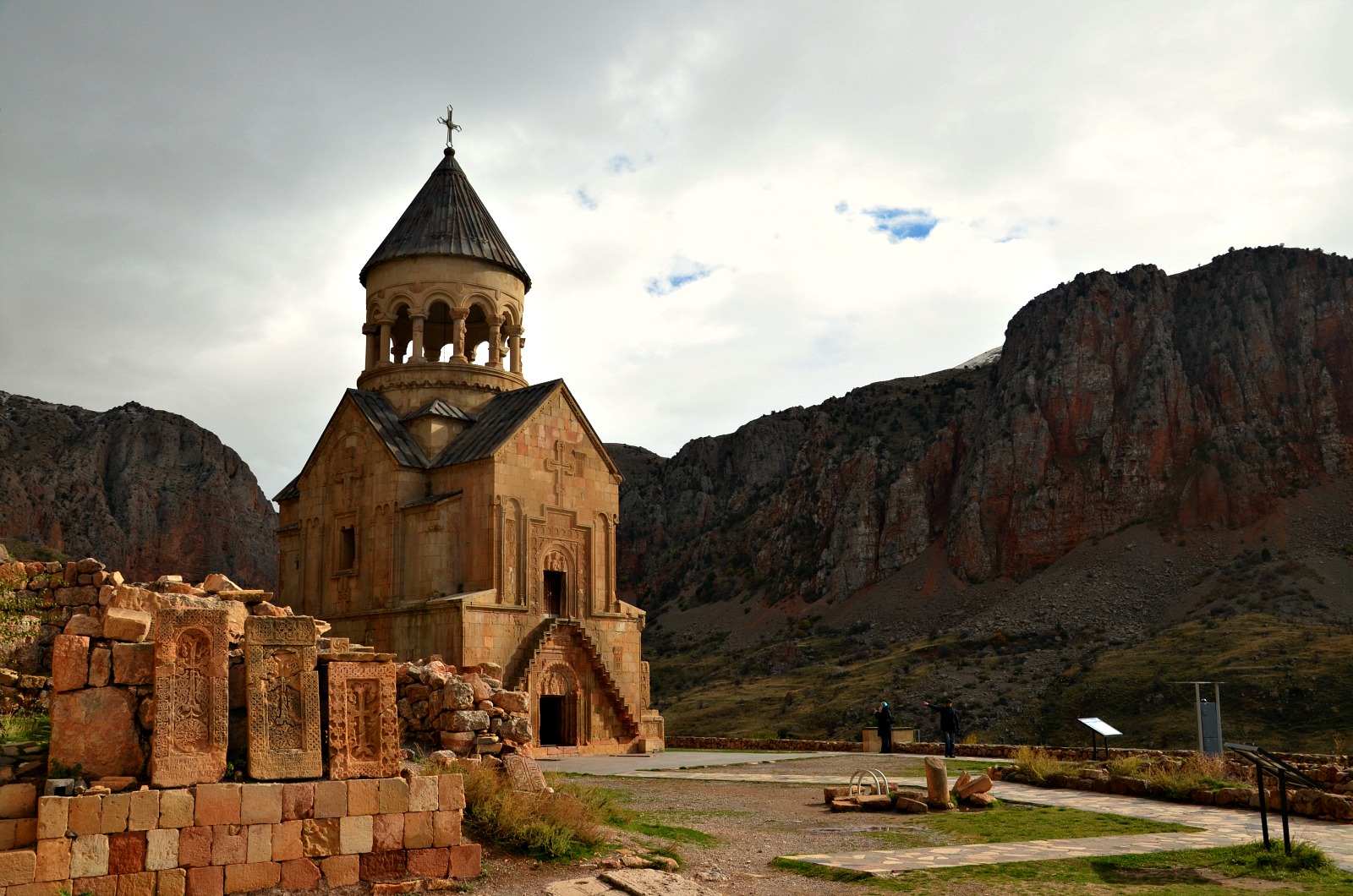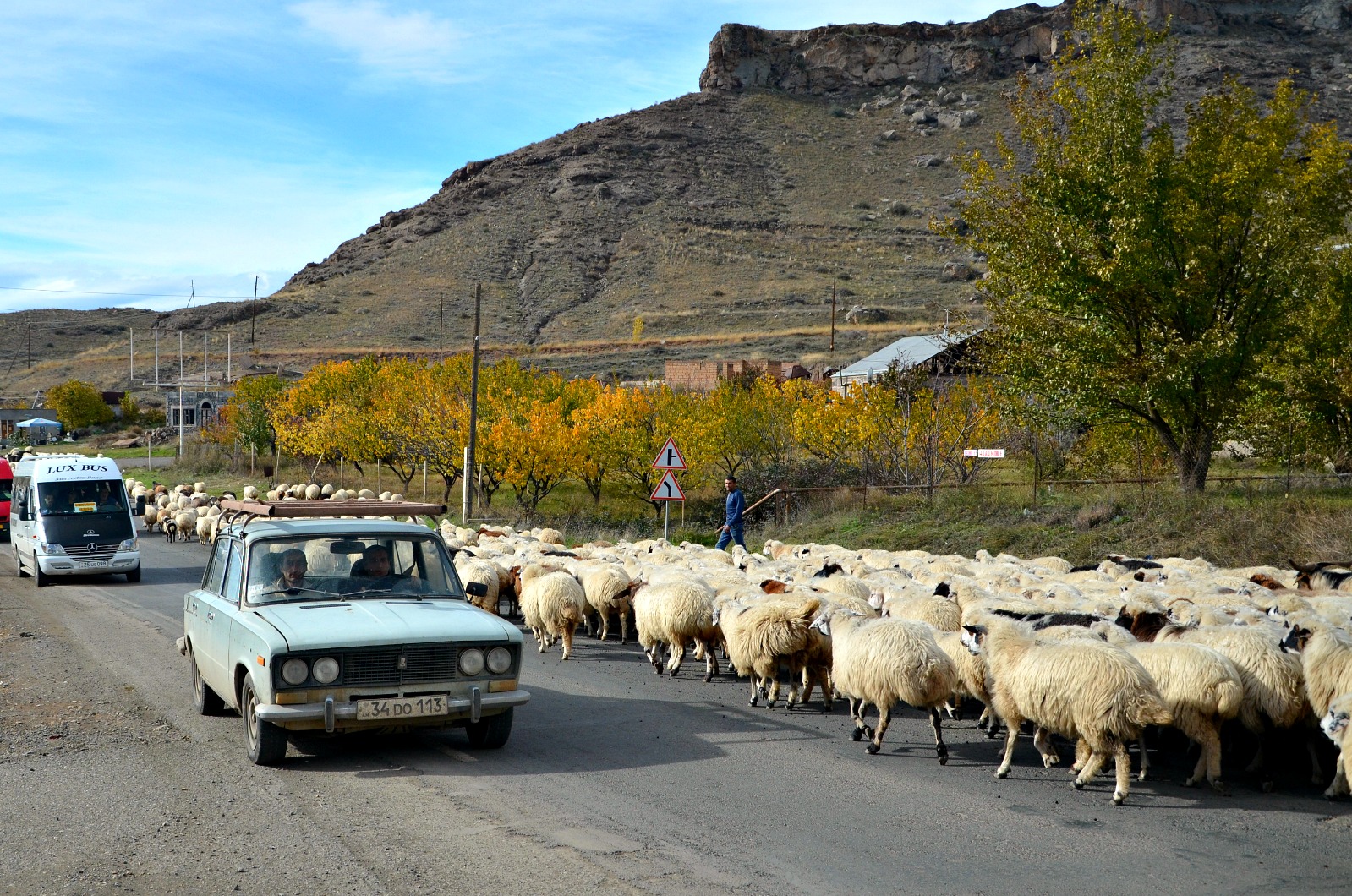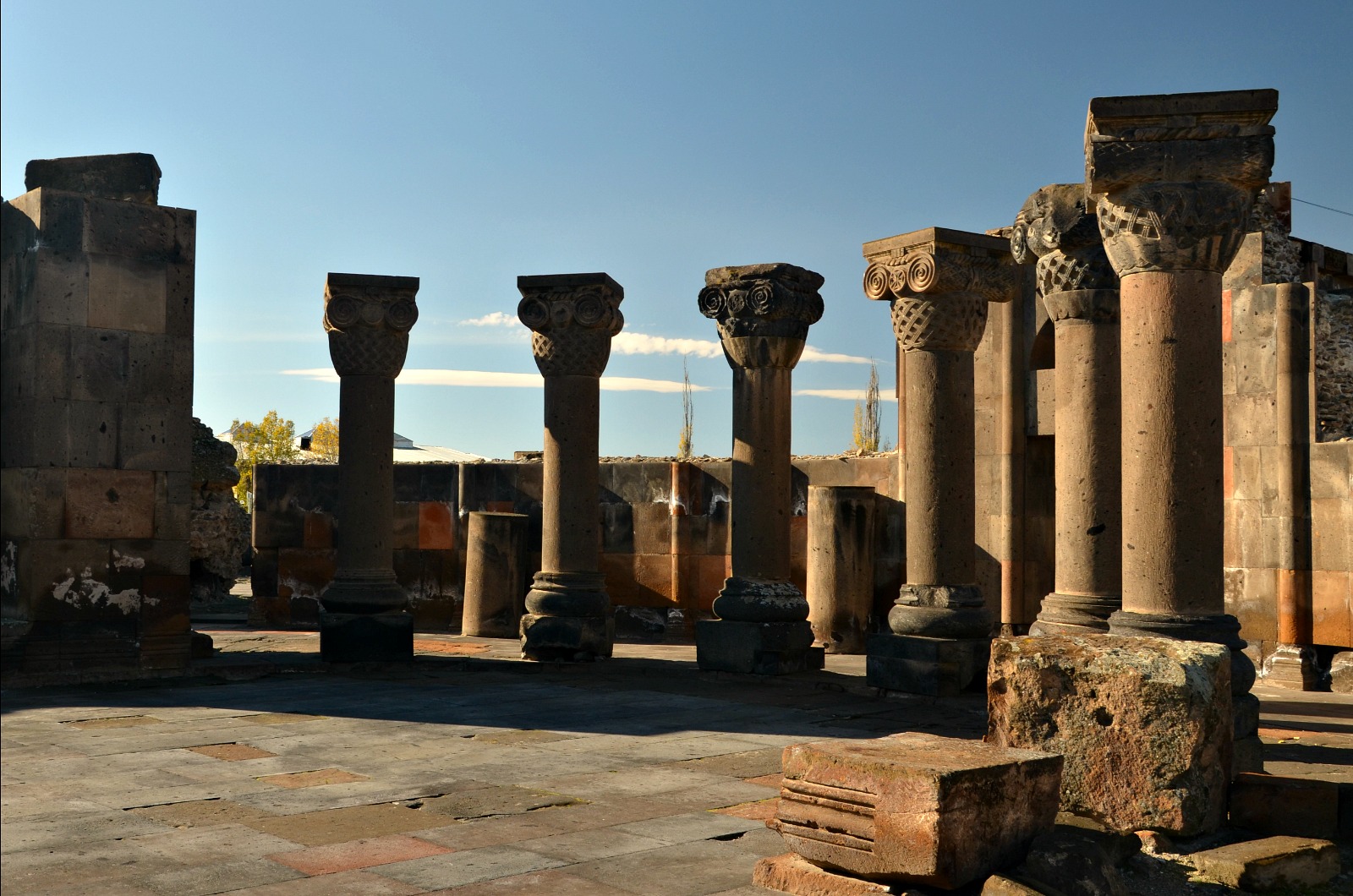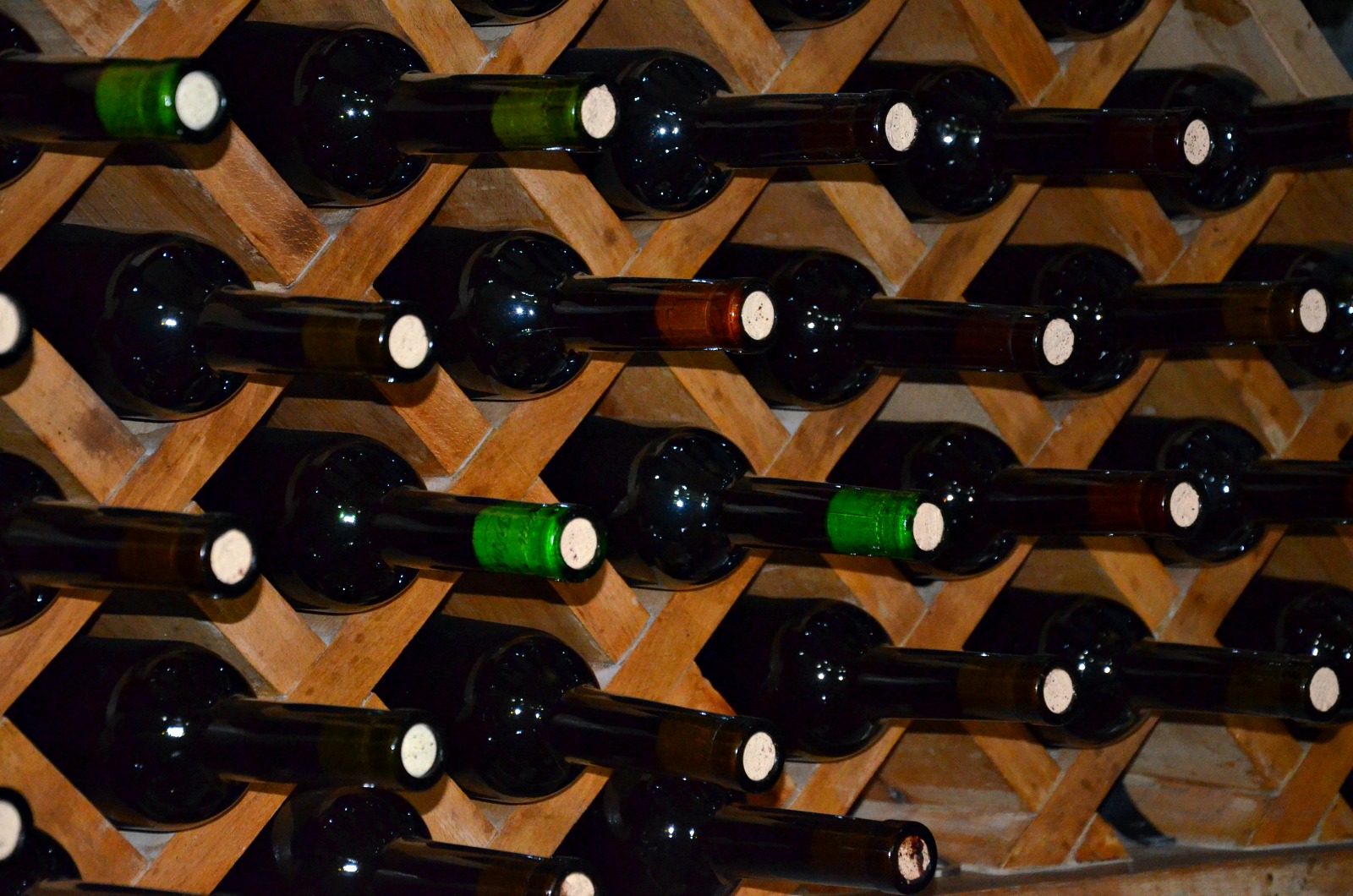Armenia
A country of dramatic mountain scenery and medieval temples
Introduction
Facts
Geography
Armenian art & culture
Armenian cuisine
Armenia is modernising: Yerevan is the centre of the country’s cultural scene and the arts are nurtured here alongside the cafe culture that defines its leisure time. But mediaeval Armenia refuses to take a back seat to progress. Its myriad monasteries, temples and castles fill the pages of UNESCO’s listings and vie for a share of the attention.
Almost every one of them has a natural backdrop worthy of the world’s best cinematographers. From deep ravines cut by ancient rivers to the glittering waters of Lake Sevan, water plays a major part in Armenia’s landscapes, but with around 90% of the country standing 900 metres or more above sea level, it’s the dramatic mountain scenery that will leave the lasting impression.
Facts
Geography
Armenian art & culture
Armenian cuisine
Introduction
If you like your sightseeing to be free from crowds and queues then here’s the answer: hurry on down to Armenia. There is plenty to see and do, yet tourists are relatively thin on the ground - the secret’s still yours for the keeping. Big on character but short on distances, it’s easy to cram a lot into a short holiday to this breathtakingly beautiful nation.Armenia is modernising: Yerevan is the centre of the country’s cultural scene and the arts are nurtured here alongside the cafe culture that defines its leisure time. But mediaeval Armenia refuses to take a back seat to progress. Its myriad monasteries, temples and castles fill the pages of UNESCO’s listings and vie for a share of the attention.
Almost every one of them has a natural backdrop worthy of the world’s best cinematographers. From deep ravines cut by ancient rivers to the glittering waters of Lake Sevan, water plays a major part in Armenia’s landscapes, but with around 90% of the country standing 900 metres or more above sea level, it’s the dramatic mountain scenery that will leave the lasting impression.
Some facts about Armenia
| Population | 3.0 million |
| Population density | 101.5 / km2 |
| Capital | Yerevan |
| Major cities | Yerevan, Gyumri, Vanadzor |
| Area | 29,743 square km (11,484 square miles) |
| Major languages | 97.9% Armenian, 0.5% Russian |
| Major religion | Christianity, Armenian Apostolic Church |
| Monetary unit | 1 Dram (AMD) |
| Time | +3 hrs (GMT) |
| Telephone country code | +374 |
